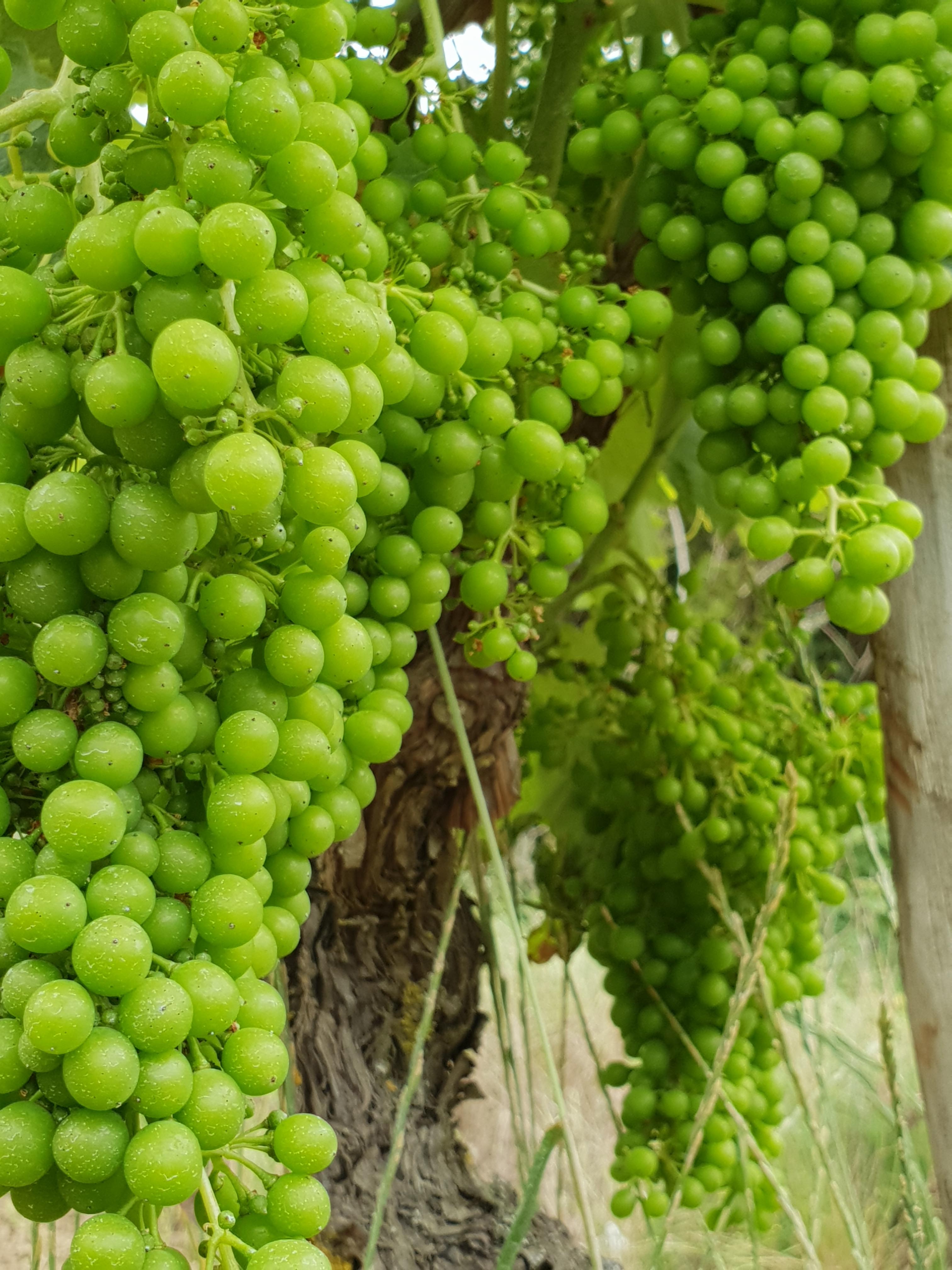Vital. The treasure that grows on the Hills of Montejunto

You keep going up after Vilar. The tar roads become narrower and narrower and as we go through the villages of Avenal and Pereiro, the road hooks keep piling on allowing the truck to go on. We are going through the Montejunto Hills and is precisely in Pereiro that we get to a dirt road and to what got us here: a vineyard. This is the west slope of the hill. There are pine trees climbing the slopes upwards, bent by the strong northern winds, towards the large road crossing them that take us to the top to Areeiro and Quartel; we are well exposed to wind coming from the sea – the northeast ones are very strong here – but these old vines, 40 years plus, are holding on, they are stubborn, and even without wires, they keep thriving. The variety? It is a true relic: Vital.

I have heard about the Vital vineyards, original from the Montejunto Hills, now truly rare, it is said to be surviving in a small 20hectares altogether. Some of the emblematic cellars of the region made, and some still do, excellent white wines with this variety. But as the time passed, the farming of Vital was abandoned due to the fact that it is difficult to work with, vulnerable to humidity and diseases, and therefore of a very irregular yield and quality. The matter here is that the opposite is also possible. Sometime ago, I tasted a sublime Vital wine, from Casal Figueira, an aged white, with mysterious aromas but very fresh and mineral. We are speaking of one of those white wines that the years of bottle ageing show us an even more extraordinary wine. And now, thanks to Licínio, a good friend of Adega Mãe and an enthusiast of Lisbon region white wines, I finally had the chance to discover these grapes.
So, here we are in the vineyards going up the Montejunto Hills. It is in this authentic revelation that we meet Mr. Delfim, a farmer, owner of these immaculate vineyards.
Here his Vital shines through some more or less abandoned vineyards. The bunches are well set and the grapevines show power. No sign of disease. “It’s not common, maybe because this slope is less exposed to humidity” he says. To the Atlantic breezes that arrive here we also have the limestone-clay soils. Rocks accumulate around the vines. Lisbon region is this richness, the cooler climate but also some very particular soils. Then we have the Vital variety, in itself something unique. It is known this region has a great potential for white wines, for its terroir but also thanks to the originality and adaptability of grape varieties, not just Vital, but also the more common ones, such as Arinto, Fernão Pires or even Viosinho.
The matter here is that Vital adds something even more typical, not just for being rare, but due to that great bottle ageing. Next harvest, Adega Mãe will vinify these grapes, wanting to confirm the potential of this variety, and above all honour the great work developed by Mr. Delfim. Yes, it will be Now it’s time to get working!

















